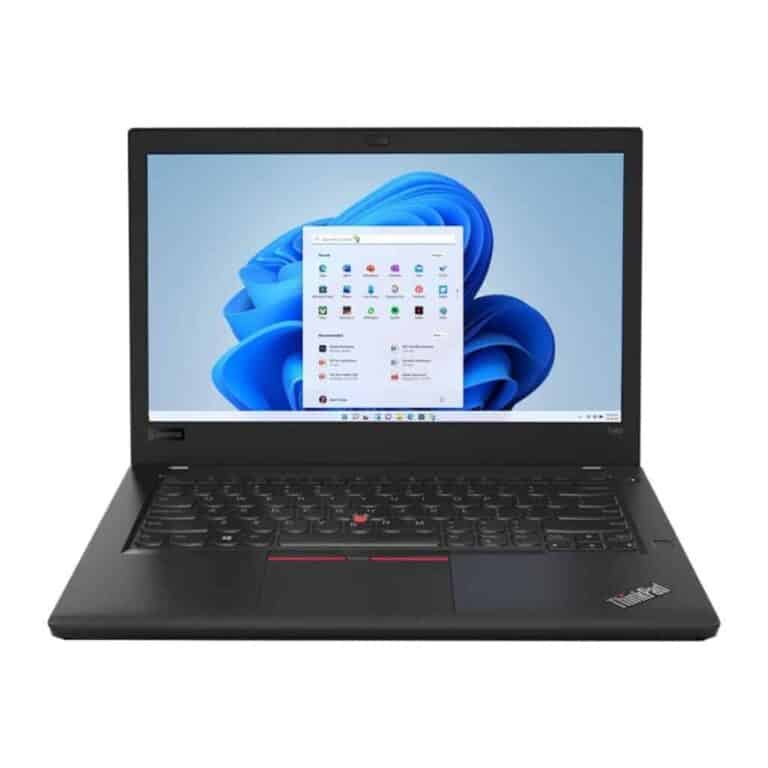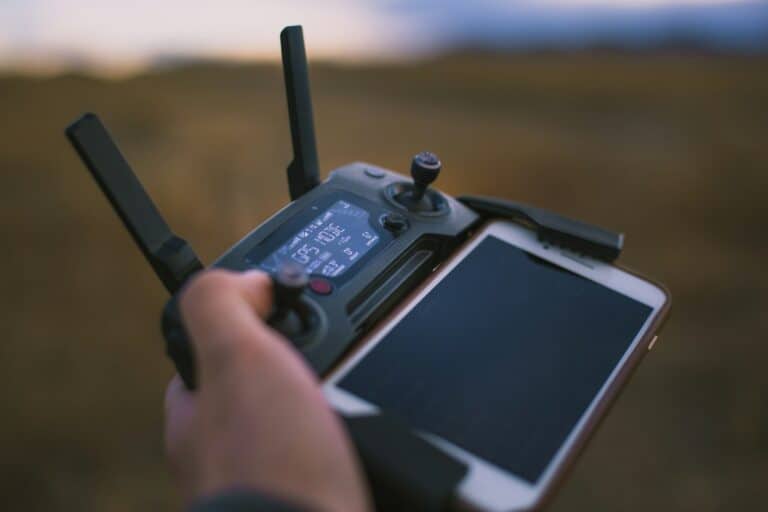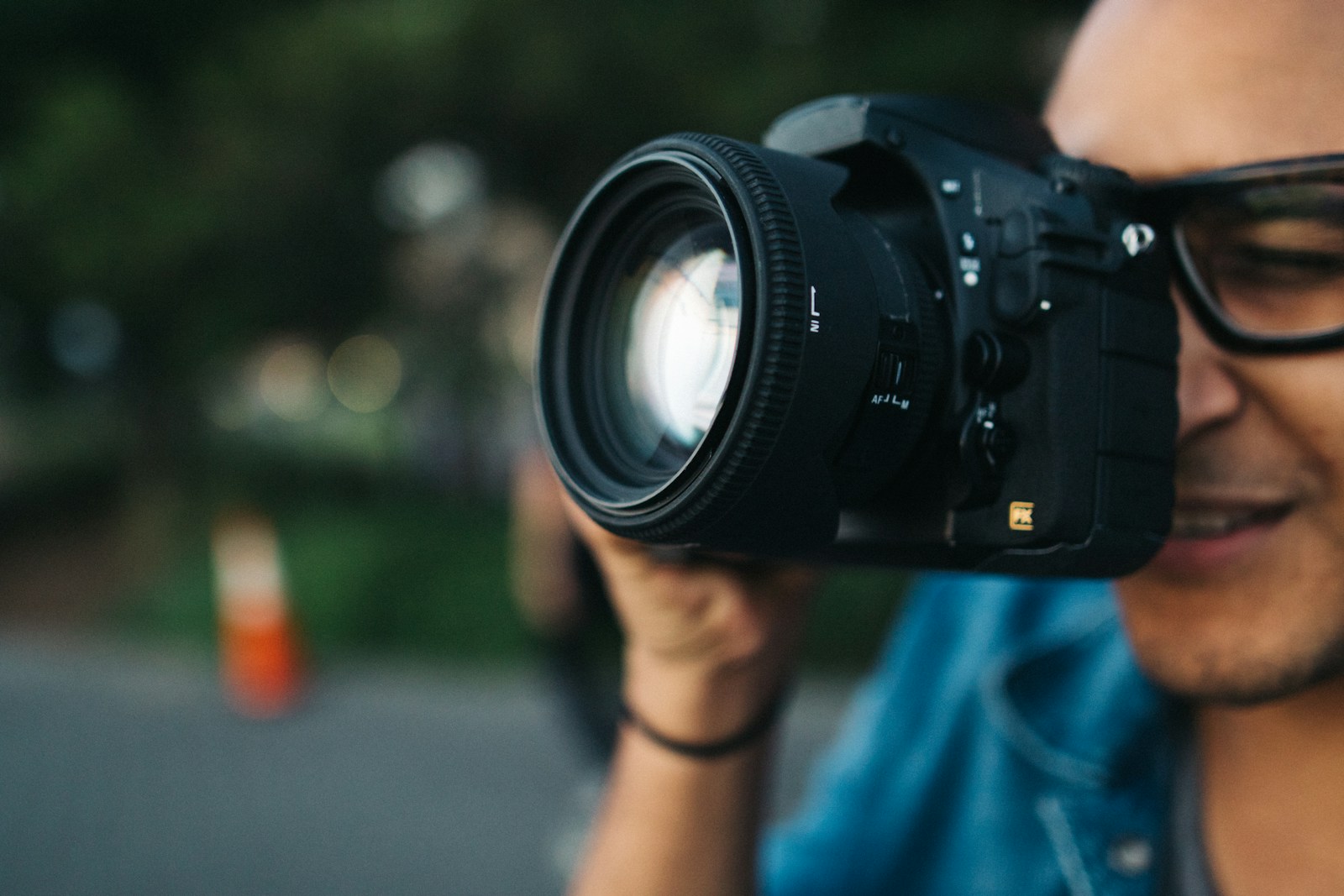
When starting out in photography with a DSLR camera, it’s important to select one that matches your skill level, budget, and creative goals. This guide presents the best DSLR cameras for beginners in 2025, including entry-level, mid-range, and full-frame models, along with their key features. The Canon EOS Rebel T8i is a great option for new photographers due to its user-friendly design and excellent image quality.
It’s versatile and compatible with many lenses. Another good choice is the Nikon Z fc, offering a blend of classic style and modern technology, making photography enjoyable and inspiring. With a 20.9MP APS-C sensor and 4K video capabilities, it provides high-quality photos and videos. For those on a budget, the Nikon D3500 is worth considering. Its straightforward menus and long battery life make it user-friendly and dependable. The 24-megapixel sensor ensures sharp and vibrant images, ideal for beginners to capture great shots right from the start.

Top 10 DSLR Cameras For Beginners
| Rank | Camera Model | Type | Sensor | Megapixels | Special Features |
|---|---|---|---|---|---|
| 1 | Canon EOS Rebel T8i | Entry-Level | APS-C CMOS | 24.1 | Vari-angle touchscreen, 4K video |
| 2 | Nikon Z fc | Mid-Range | APS-C | 20.9 | Classic style, 4K video |
| 3 | Nikon D3500 | Entry-Level | APS-C CMOS | 24.2 | Guide Mode, long battery life |
| 4 | Canon EOS Rebel SL3 | Entry-Level | APS-C CMOS | 24.1 | Lightweight, compact, 4K video |
| 5 | Nikon D5600 | Mid-Range | APS-C CMOS | 24.2 | Touchscreen, SnapBridge connectivity |
| 6 | Canon EOS 90D | Mid-Range | APS-C CMOS | 32.5 | Uncropped 4K video, 10fps continuous shooting |
| 7 | Nikon D780 | Full-Frame | Full-Frame CMOS | 24.5 | Tilting touchscreen, 4K video, excellent autofocus |
| 8 | Canon EOS 6D Mark II | Full-Frame | Full-Frame CMOS | 26.2 | Vari-angle touchscreen, Dual Pixel CMOS AF |
| 9 | Nikon D7500 | Mid-Range | APS-C CMOS | 20.9 | 4K video, 8fps continuous shooting |
| 10 | Pentax K-70 | Mid-Range | APS-C CMOS | 24.2 | Weather-sealed, in-body image stabilization |
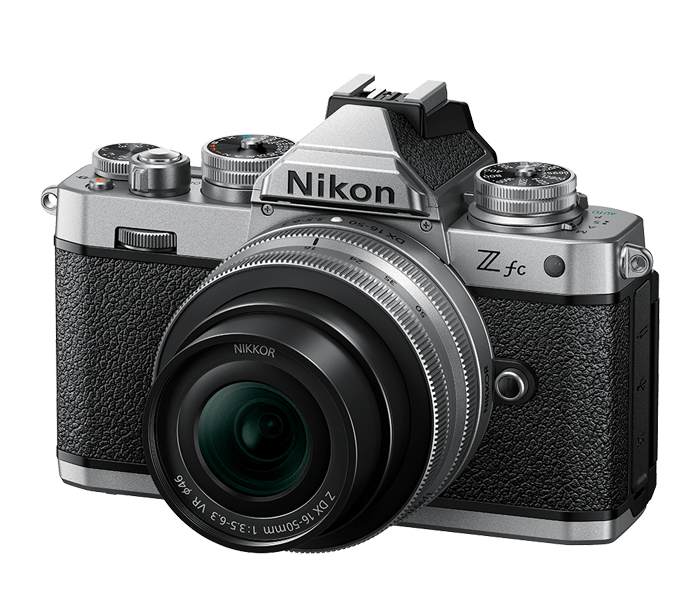
Choosing Your First DSLR: A Guide for Beginners
Entry-Level DSLRs: Great for Learning the Ropes
These cameras are perfect for beginners, offering easy-to-use features and intuitive controls. They often come with helpful guides and automatic modes to help you learn the basics of photography.
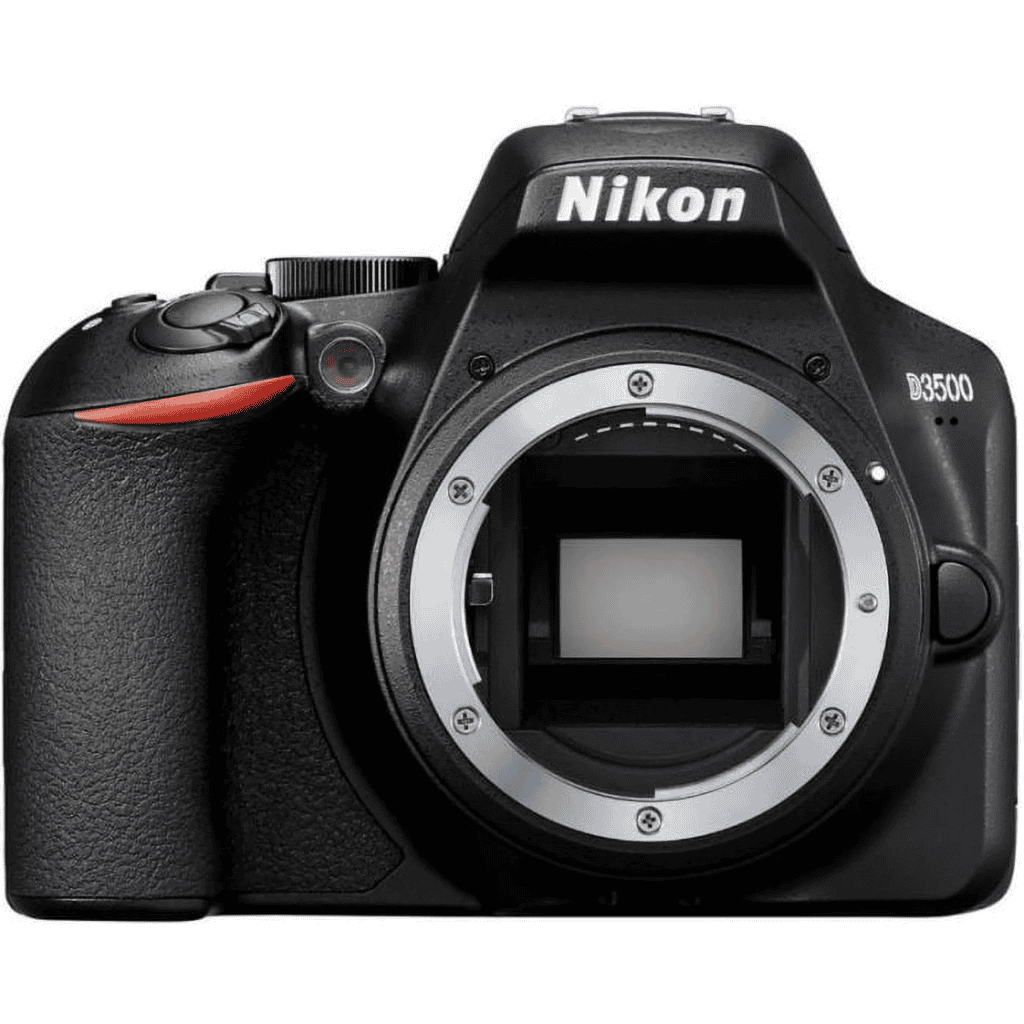
| Model | Price | Sensor | Megapixels | Special Features |
|---|---|---|---|---|
| Nikon D3500 | $ | APS-C CMOS | 24.2 MP | Guide Mode, long battery life |
| Canon EOS Rebel T8i | $ | APS-C CMOS | 24.1 MP | Vari-angle touchscreen, 4K video |
| Canon EOS Rebel SL3 | $ | APS-C CMOS | 24.1 MP | Lightweight, compact, 4K video |
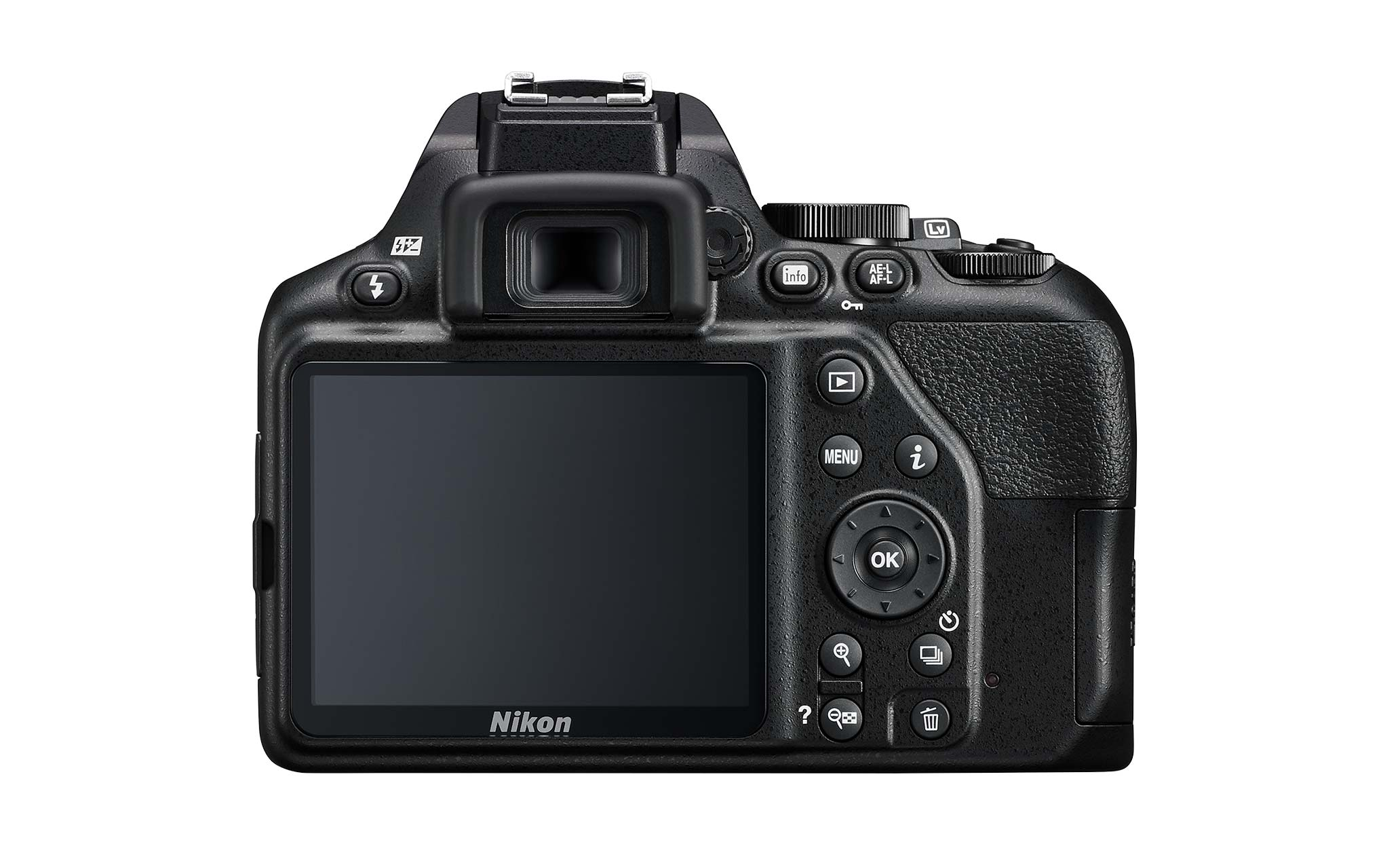
Mid-Range DSLRs: More Features, More Creative Control
If you’re looking for a camera that offers more creative control and features than entry-level models, mid-range DSLRs are a good option. They typically have better autofocus systems, faster continuous shooting speeds, and additional features like weather sealing.
| Model | Price | Sensor | Megapixels | Special Features |
|---|---|---|---|---|
| Nikon D5600 | $ | APS-C CMOS | 24.2 MP | Touchscreen, SnapBridge connectivity |
| Canon EOS 90D | $ | APS-C CMOS | 32.5 MP | Uncropped 4K video, 10fps continuous shooting |
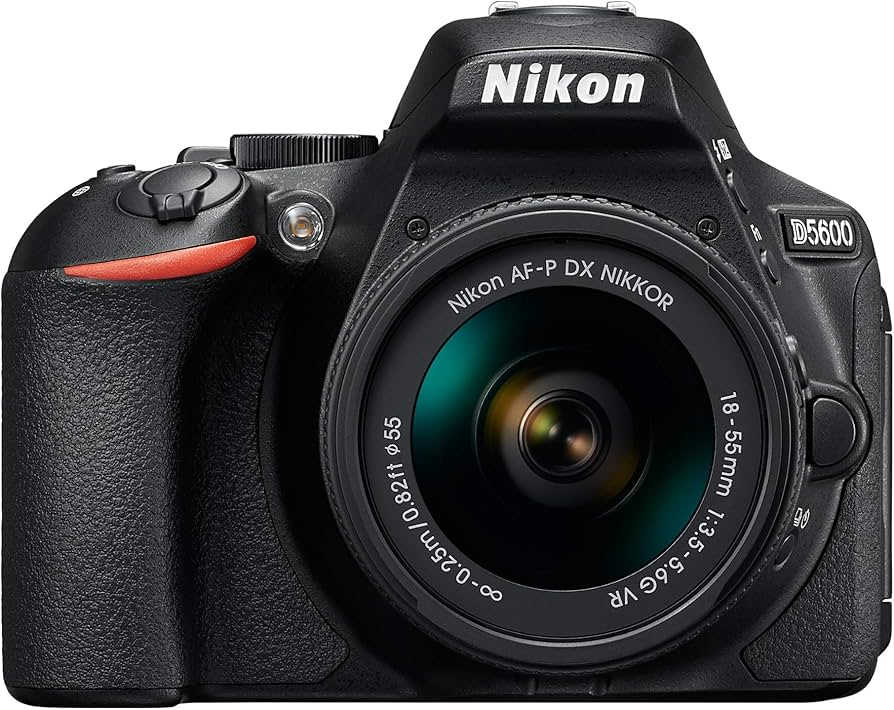
Full-Frame DSLRs: Professional-Level Image Quality
If you’re serious about photography and want the best possible image quality, consider a full-frame DSLR. These cameras have larger sensors that capture more light and detail, resulting in better low-light performance and dynamic range. However, they are also more expensive and bulkier than other types of DSLRs.
| Model | Price | Sensor | Megapixels | Special Features |
|---|---|---|---|---|
| Nikon D780 | $ | Full-Frame CMOS | 24.5 MP | Tilting touchscreen, 4K video, excellent autofocus |
| Canon EOS 6D Mark II | $ | Full-Frame CMOS | 26.2 MP | Vari-angle touchscreen, Dual Pixel CMOS AF |
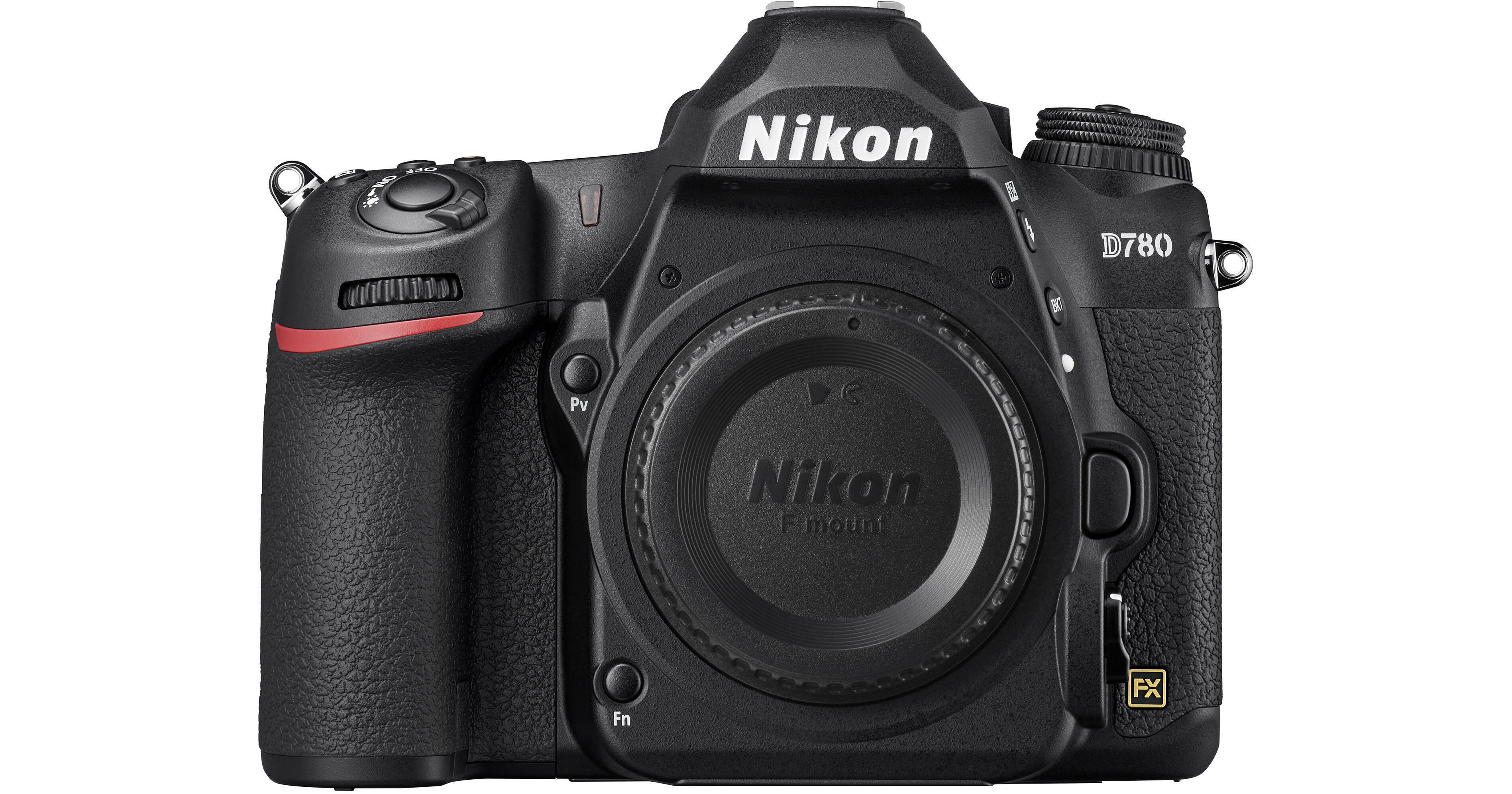
Other Factors to Consider
When choosing a DSLR, you’ll also want to consider factors such as lens availability, size and weight, battery life, and user interface. It’s helpful to research different models and read reviews before making a decision. And remember, the best camera is the one you’ll actually use, so choose one that feels comfortable and intuitive to you.
Key Takeaways
- The Canon EOS Rebel T8i is excellent for beginners.
- The Nikon Z fc combines old-school style with modern tech.
- The Nikon D3500 is budget-friendly and easy to use.
Understanding DSLR Cameras for Beginners
Getting started with DSLR cameras involves understanding their key features, how they work, and what makes them a good choice for novices. This guide will explore different aspects of DSLRs, from their types to the essential features beginners should look for.
Defining DSLR and Mirrorless Systems
A DSLR, or Digital Single-Lens Reflex camera, uses a mirror to reflect light from the lens up to an optical viewfinder. This gives the photographer a direct optical view of the scene. When pressing the shutter, the mirror flips up, exposing the sensor to light, capturing the image.
Mirrorless cameras, in contrast, do not have this mirror system. They use electronic viewfinders or LCD screens for image composition. They are lighter and more compact than DSLRs. Both systems offer high image quality and can be used for stills and videos.
Factors Influencing DSLR Selection
Several factors should influence your choice of a DSLR. Sensor size is critical; APS-C sensors are common in beginner DSLRs and offer a good balance between image quality and cost.
Budget matters; entry-level DSLRs like the Canon EOS Rebel T8i or Nikon D3500 are affordable yet capable. Battery life is another concern; longer battery life means more shooting time without needing to recharge. Ergonomics, or how the camera feels in your hand, also plays a role. Comfort can affect how often and how well you use your camera.
Essential DSLR Features for Novices
For beginners, certain features are essential. Autofocus systems help keep your subjects clear and sharp. Look for cameras with good autofocus scores. A touchscreen can make navigating menus and focusing easier. Image stabilization helps reduce blur, especially in low light.
Resolution, usually measured in megapixels, determines how large you can print your photos without losing quality. An APS-C sensor is common in starter DSLRs and provides a good amount of resolution for most uses.
Additional Photography Equipment
Beyond the camera itself, additional equipment is important. Lenses are vital; start with a versatile kit lens and consider adding others for different types of photography.
A tripod is useful for stability, especially in low-light conditions or for landscape photography. A microphone can improve the sound quality of videos. Filters can change the look of your photos and provide protection for your lens.
These accessories make shooting more effective and enjoyable. Investing in the right gear can enhance the overall experience and results.
Expanding Your DSLR Knowledge
Understanding Camera Sensors
The sensor is the heart of your camera. It’s the electronic component that captures light and converts it into an image. DSLRs typically use two main sensor sizes: APS-C and full-frame.
APS-C Sensors
APS-C sensors are smaller and more affordable. They are commonly found in entry-level and mid-range DSLRs. APS-C cameras are lighter and more compact, making them great for everyday photography.
Full-Frame Sensors
Full-frame sensors are larger and more expensive. They offer superior image quality, especially in low light, and produce a shallower depth of field, which is that blurry background effect. Full-frame cameras are typically used by professional photographers.
Exploring Video Features
Many DSLRs can shoot high-quality video in addition to still photos. When choosing a DSLR for video, consider the resolution, frame rate, and autofocus capabilities. Some DSLRs offer 4K video recording, while others are limited to 1080p. Faster frame rates (like 60fps) are ideal for capturing smooth action.
Essential Accessories for Beginners
Here are some accessories that can enhance your photography experience:
- Lenses: A versatile zoom lens (like an 18-55mm) is a great starting point. Consider adding a prime lens (with a fixed focal length) for better low-light performance and sharper images.
- Tripod: A tripod is essential for sharp photos in low light and for capturing landscapes or long exposures.
- Camera bag: A good camera bag will protect your gear and make it easy to carry.
- Extra battery: An extra battery ensures you don’t miss any photo opportunities.
- Memory cards: Invest in high-quality memory cards with fast write speeds for capturing high-resolution images and videos.
Post-Processing
Post-processing is the editing of your photos after you’ve taken them. It allows you to adjust things like brightness, contrast, color, and sharpness. Popular photo editing software for beginners includes Adobe Lightroom and GIMP (a free, open-source alternative).
Frequently Asked Questions
This section provides concise answers to common questions about the best DSLR cameras for beginners. The answers aim to guide new photographers in choosing their first DSLR camera.
What is the difference between a DSLR and a point-and-shoot camera?
DSLRs have larger sensors, interchangeable lenses, and offer more manual controls, resulting in better image quality and creative flexibility.
What affordable DSLR cameras are recommended for photography beginners?
The Canon EOS Rebel T7 / EOS 2000D is a cost-effective option, providing fundamental features without hefty costs. Similarly, the Nikon D3500 offers excellent image quality and ease of use, making it another great choice for those on a budget.
What are the best settings for taking pictures in different situations?
For portraits, use a wide aperture (low f-number) to blur the background. For landscapes, use a narrow aperture (high f-number) for greater depth of field. In low light, use a higher ISO setting.
Which brand is preferable for beginners, Canon or Nikon, when choosing a DSLR camera?
Canon and Nikon both offer reliable beginner-friendly DSLRs. Canon often shines with intuitive menus and a broad range of lenses. Nikon is well-known for its ergonomics and robust build quality. The Nikon D3500 and Canon EOS Rebel SL3 / EOS 250D are strong starter options.
As a novice, should I start with a DSLR or a mirrorless camera?
DSLRs provide durability and a wide choice of lenses but are bulkier. Mirrorless cameras are lighter and often have more advanced features for the price. For example, the Canon EOS R100 is a good mirrorless option, while traditionalists might prefer DSLRs like the Canon EOS Rebel T7.
What features should I look for in a DSLR camera as a beginner?
Beginners should consider cameras with good image quality, easy-to-use menus, and solid battery life. Features like autofocus performance and built-in tutorials can also help improve photography skills. The Nikon D3500 is known for these beginner-friendly features.
How do I choose the right lens for my DSLR?
Consider the type of photography you’ll be doing. Wide-angle lenses are good for landscapes, telephoto lenses for wildlife, and prime lenses for portraits.
Are there professional-quality DSLR cameras suitable for beginner users?
Yes, some DSLRs offer professional-quality features while staying beginner-friendly. The Canon EOS Rebel SL3 / EOS 250D provides 4K video capabilities and advanced settings that help new users gradually learn complex techniques.
What is considered the most user-friendly DSLR camera for first-time owners?
The Nikon D3500 is often praised for its user-friendly design. It has an easy-to-navigate menu and a guide mode that helps beginners take better photos. Another good option is the Canon EOS Rebel SL3, known for its intuitive interface and helpful features.
Where can I learn more about photography?
There are many online resources and courses available. Check out websites like CreativeLive, Skillshare, and YouTube for tutorials and inspiration.


